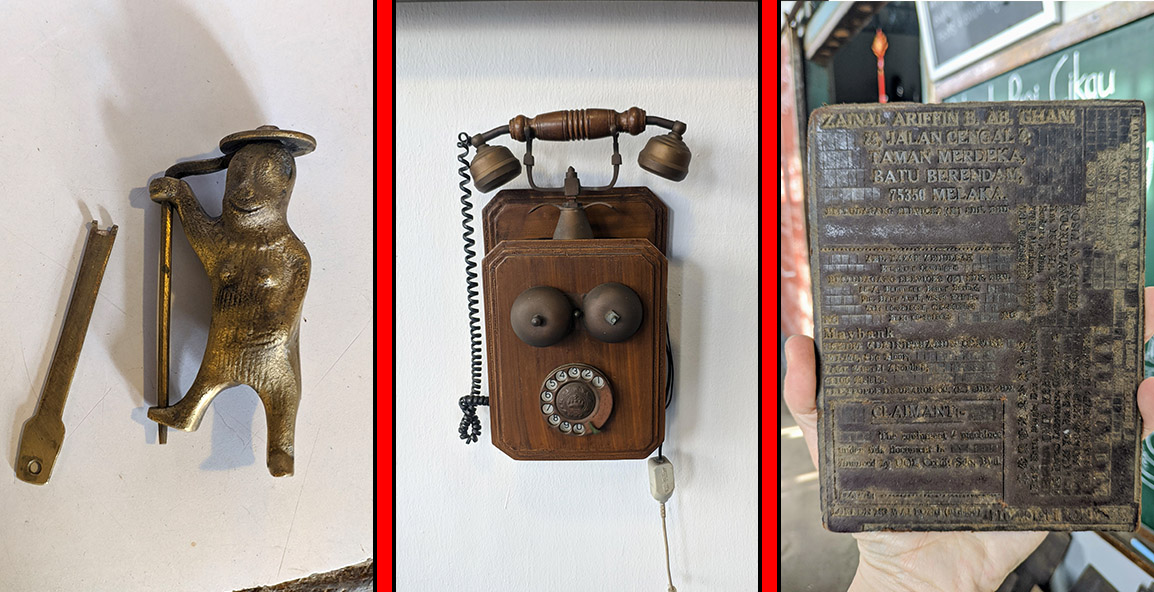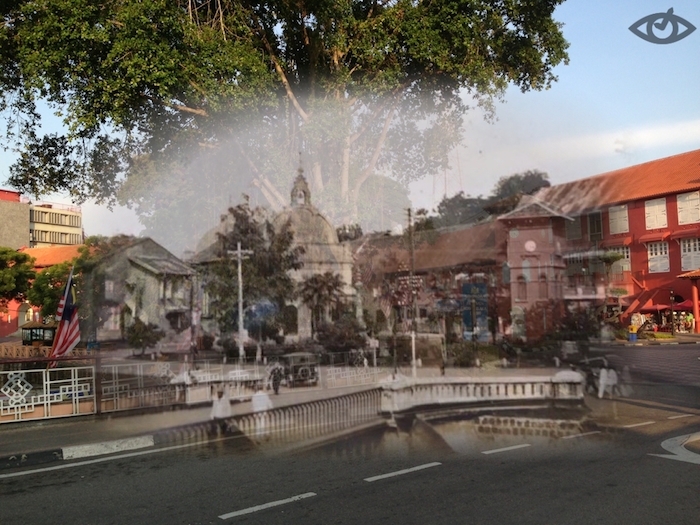Stealing ships & Cannibalism: How the Dutch were Melaka’s ‘friendliest’ colonizers

- 3.9KShares
- Facebook3.7K
- Twitter19
- LinkedIn33
- Email29
- WhatsApp113
PS: If you’d like more stories like this, please subscribe to our HARI INI DALAM SEJARAH Facebook group 🙂
Just the other day, on the 14th of January, the Dutch officially took control of Melaka some 378 years ago. The Portuguese have forts and missionaries we still remember to this day. The British defined our legal and education systems. The Japanese terrified entire generations in the largest global conflict in human history. But uh, when it comes to the Dutch, not much comes to mind right? Here, take this quick quiz!
If you answered D) None of the above, you’re absolutely correct! Amazingly, the Dutch were here for the longest (over 183 years compared to 130 for the Portuguese, 171 for the British and 3+ for the Japanese) yet, outside of history-circles, most people forgot the Dutch even came. Steven Wu, an MIT graduate, explains the Dutch influence as so:
“The legacy of the Dutch colonial period is only found in the handful of red buildings in Melaka and these are nothing more than tourist curiosities from a bygone era.” – Steven Wu on Quora
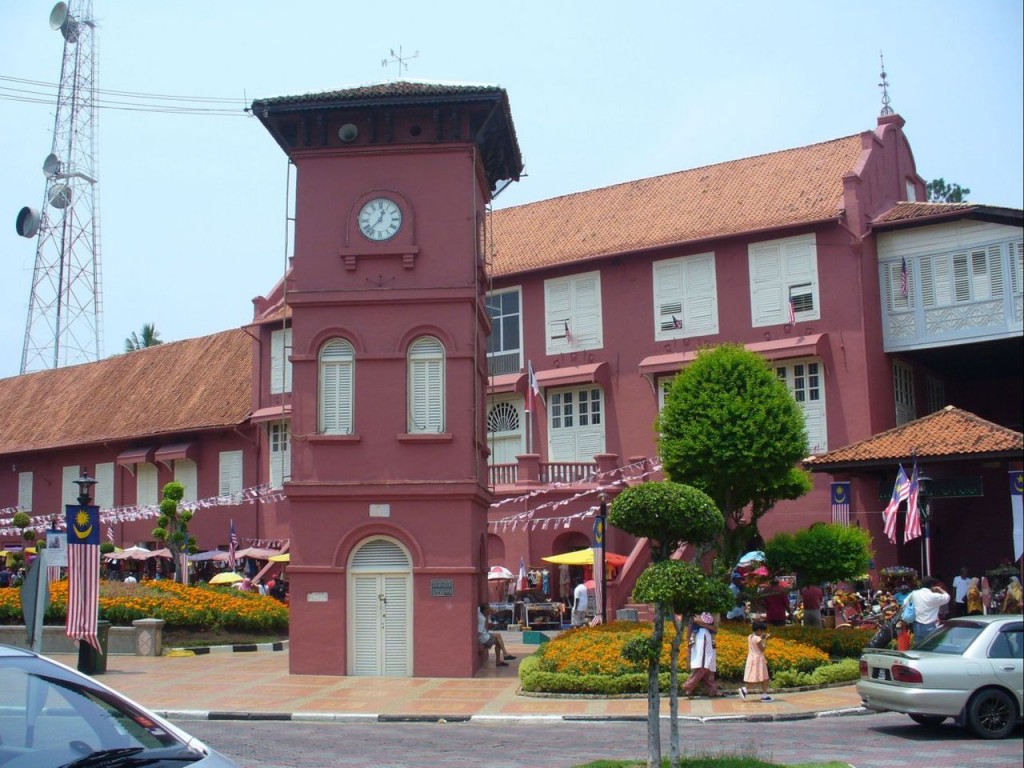
NOTE: We’ll be using ‘Dutch’ interchangeably with VOC (Dutch East India Company) to make things simpler, but you can find out more about the VOC here.
After digging a bit more, we found the story of the Dutch in Malaya to be super interesting, even if the history books omit them, and thought we’d share some of it with you.
The Dutch arrive, steal a ship (to impress the Sultan) and hire a piracy lawyer who eventually wrote bits of the UN charter…. Wait what?

If you remember your Sejarah books, since 1511, Melaka was under the control of the Portuguese who forced the sultanate of Melaka to move out, forming the new Sultanate of Johor. As you might remember, Melaka was one of the most strategically desirable ports in the entire region.
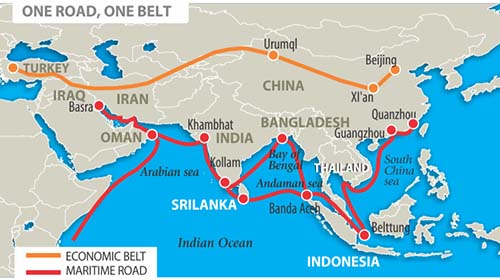
At the time, the Dutch were like teenagers who finally moved out of their parents place (they just revolted against their Spanish overlords), and got a car (they stole some Portugese maps and discovered *gasp* Southeast Asia!).
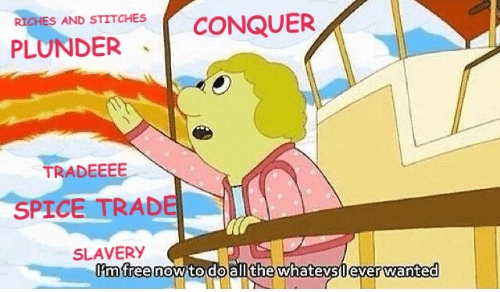
Eager to make a name for themselves (but mainly money, they needed lots of money to fight the huge Spanish-Portuguese alliance), the upstart Dutch came to Southeast Asia and quickly established contact with the Malays. They were led by Admiral Van Heemskerk, a Dutch explorer who liked beating bears bare-handed and surviving in the Arctic.
At the time, the Sultan of Johor was still a bit sore from losing Melaka to the Portuguese (orang putih ni ar!), so when the Dutch came a calling, he was all ears. However, he still wanted them to prove themselves as worthy allies, so he told them to steal a Portuguese treasure ship. Van Heemskerk agreed and took his three small ships and 130 men to ATTACK the 17-gun, 1000-men Portuguese ship and, because the Portuguese were unprepared for a battle, he won.
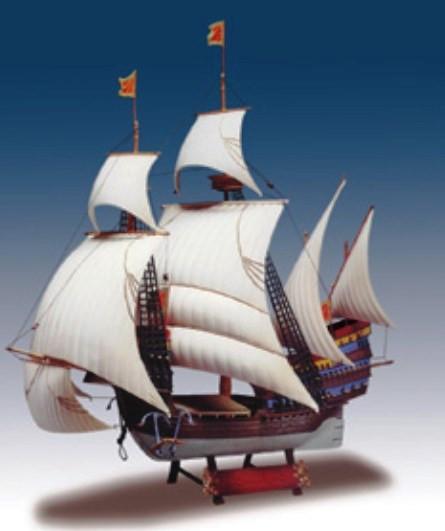
The loot of porcelain and silk from the ship made the Dutch and the Sultan fairly rich. The VOC’s funds at the time literally doubled from the heist. FYI tho, that stash still couldn’t compare to the Portuguese ‘Flor De La Mar’ aka that giant replica ship in Melaka, which sank in a storm while transporting all the loot they stole from Melaka in 1511.
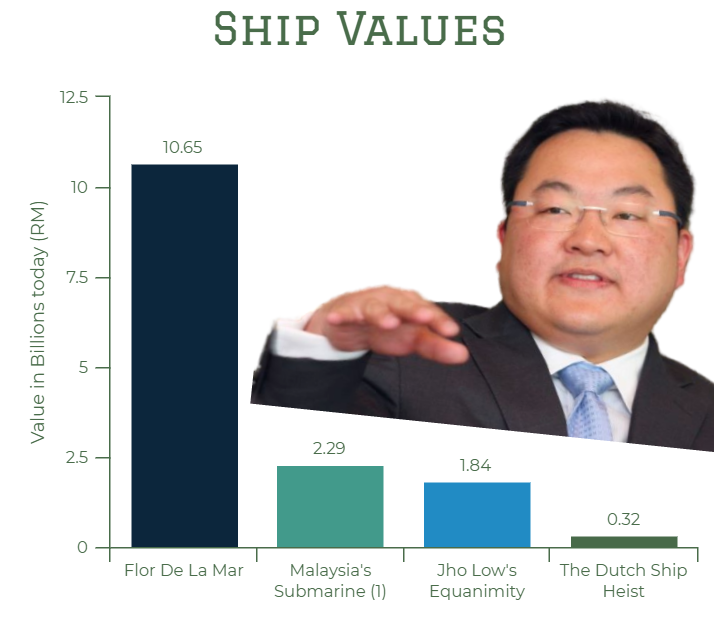
Strangely, the Portuguese responded with… a legal threat!? Apparently there were piracy laws way back then, and the Dutch didn’t have a license to pirate. The Dutch and the VOC defended the move by claiming they had ‘just cause‘ as they ‘had no choice’ but to steal the ship to break Portugal’s trade monopoly. Even more amazingly, they hired a ‘lawyer’, who won the case, and used his method as the foundation for some of the first recognized international laws and a part of the United Nations Charter!
Then they decided to attack Melaka through the super patient, cannibalism-inducing way (btw Johor helped k)
The Sultan was so impressed by the heist that he immediately sent an envoy of Malays to Holland, including a personal letter to the Stadtholder of the Netherlands (president, basically). A year later, the Dutch and their Johorean allies put together a plan to attack Melaka. It would take them 30 years and 3 tries to eventually win.

After two failed attempts at Melaka, the Dutch gave it one last shot in 1640 – a siege that lasted 6 months! Even Johor pitched in, with a fleet of forty ships and 2000 men. Mind you, the fort the Portuguese built there was super advanced for its time, with thick walls that not even Dutch ship cannons could break through. However, the Portuguese had a shortage of men and no reinforcements, so a few months into the siege, the Dutch were able to build a fort outside the Portuguese fort (!!!???) with 16 cannons within pistol range of the Portuguese, effectively cutting off all access into the fort, fully surrounding the city. We’re pretty sure this was the first recorded cannon rush in South East Asian history btw.
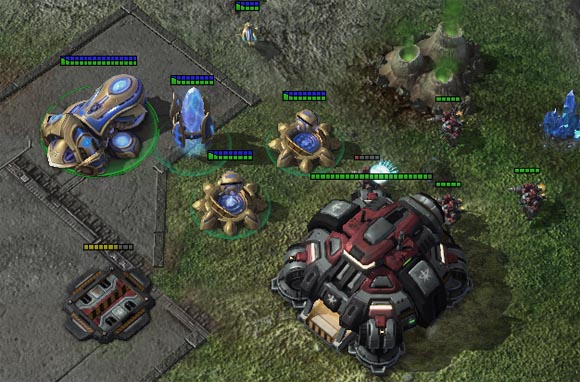
With no way out, the inhabitants of Melaka started running out of food. At first, people started eating rats and cats. Eventually, the situation became so bad that in one case, a mother allegedly dug up the body of her child from the grave and, after resisting for 2 days, was driven by hunger to eat it (Yeah this is never going into your textbooks). After six long months, only 3000 out of the original 20,000 residents remained. With the Portuguese forces nearing starvation, the Dutch finally moved in and captured the A’ Famosa fort, at the small price of almost destroying the entire town of Melaka in the process.
But after that, they became arguably the ‘nicest’ colonizers we’ve ever had
Firstly, the Dutch repaired and even expanded the old Portuguese fort. For the longest time, historians thought Jakarta (remember that outpost in Batavia earlier? It became the Dutch regional capital :O) was more developed than Melaka. In the 2000s tho, historians started exploring the idea that Dutch Melaka was a much more developed city compared to other cities in the region. Traveler accounts stated that Dutch Melaka had a ‘harbour that was the finest in the Indies’, with an administration that built orphanages, sanitation and well maintained streets. Historian Prof Dr. Nordin Hussin of UKM in Bangi even admitted that if he had to live in any 18th century Asian city, he’d without a doubt choose Melaka.
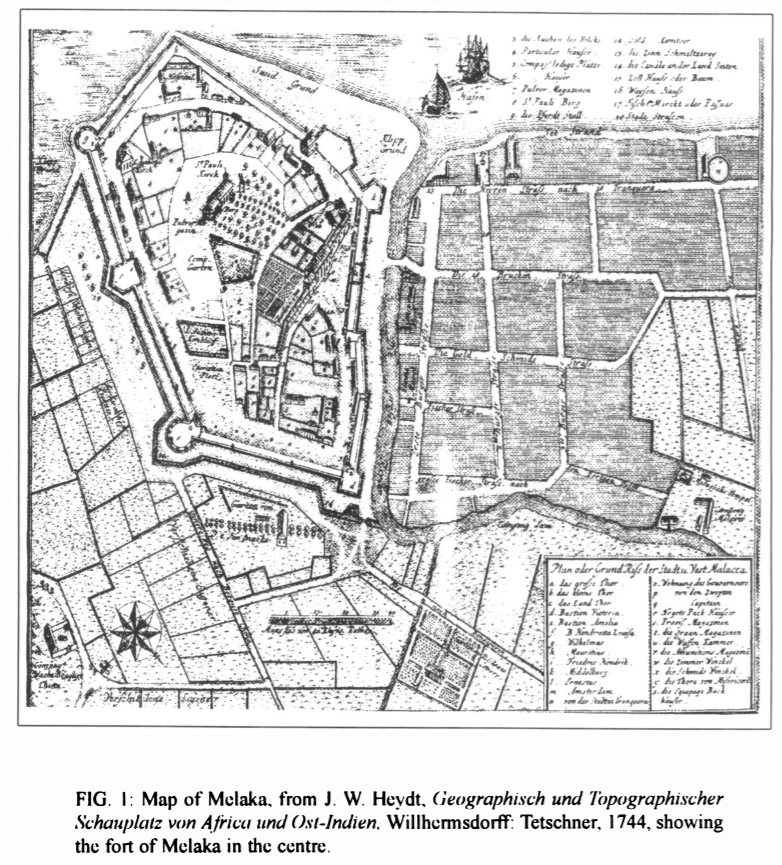
Incidentally, plenty of websites (including wikipedia) list the Chinese and the British as the first tin miners, but it was the local Malays who started tin mining, with the Dutch serving as exporters of the stuff. And the operation wasn’t small either – at peak production, Melaka exported over 500 thousand pounds of the stuff annually. That, together with them creating a very bizarre Tulip Economy (sorta like the BitCoin of the day, no really), made the local rulers and the Dutch very wealthy.
And when we say the VOC was wealthy, we mean ‘wealthiest company in the history of humanity’, wealthy. Adjusted for inflation (which is admitedly difficult to do over centuries), they had a value of 7.9 Trillion Dollars (take that, Tim Cook!).
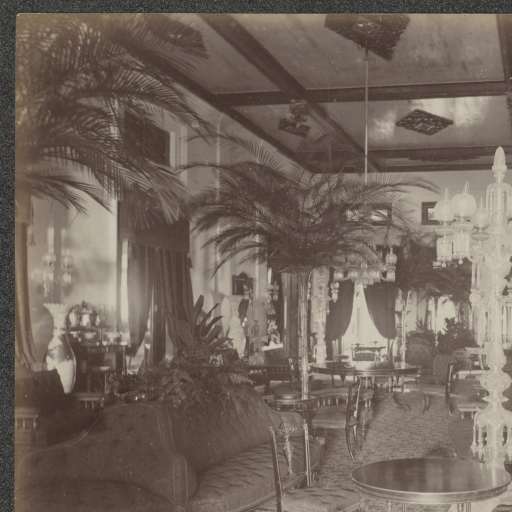
Also, where the Catholic Portuguese discriminated against Muslim and Chinese traders, trying to convert as many as possible, the Protestant Dutch happily accepted all religions (even the Catholics), as long as they could profit. The Dutch also supported the construction of places of worship for the various religions. Yep, the oldest Taoist temple in Malaysia was built in Melaka during the Dutch period!
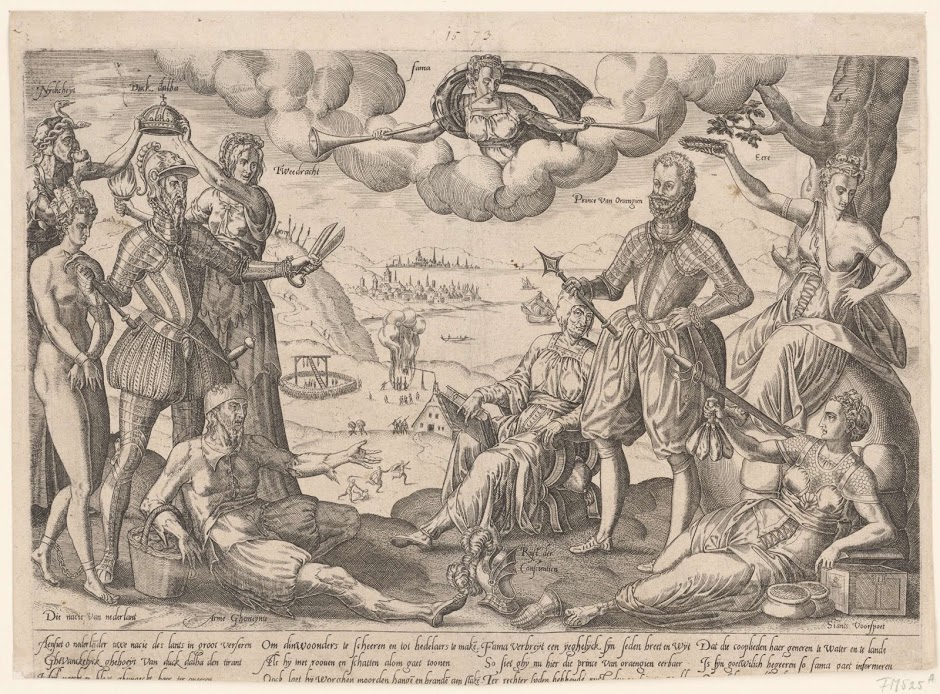
The Dutch influence wasn’t just restricted to buildings – they heavily influenced the Malay language too. There’s of course the idiom ‘bagai Belanda meminta tanah‘ which means asking for more than you’re given (a bit unfair especially comparing with the Portuguese and British… The Dutch stayed in Melaka the whole time!… Unless its referring to what the Dutch did in Indonesia, then… Yeah okay). It’s kinda well known that the Dutch brought the ‘Dollar’ to widespread use, but did you know they also gave us the ‘Duit’? And there’s also a whole bunch of words we took from them:

So wait… If they’re so cool, how did the England come in?
The friendship with Johor was super beneficial for the Dutch, Johor gave them exclusive rights to trade and shipping after all, and the Dutch in turn, provided them protection from their Indonesian rivals (I guess you can say they went Dutch on the profits…) However, the 180+ year long friendship became strained when Johor had a royal family succession crisis due to invasions from the Bugis and Minangkabau from Indonesia. Basically, the threat of the Bugis men was the Bogeyman that acted as the glue that kept the Dutch and the increasingly wary Johoreans as allies.
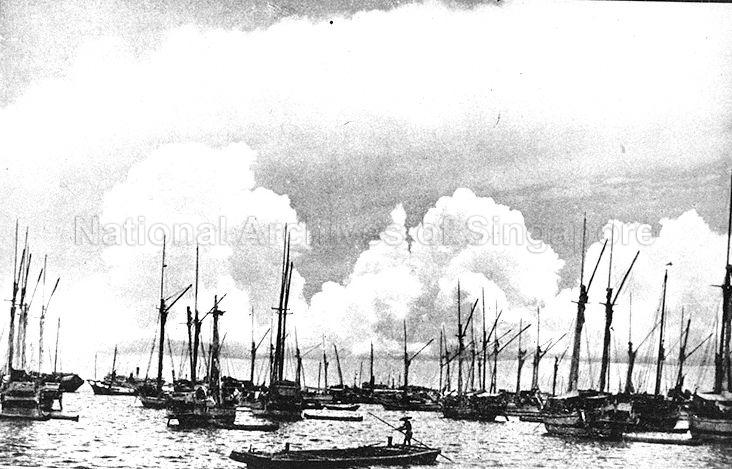
Once the Bugis were sent back across the Straits, the Sultans realized that the Dutch were no longer useful in protecting them, and because the Dutch kept trying to pay them as little as possible for their tin, they started quietly selling tin directly to the British (Mind you, this is a huge oversimplification of a complex mess involving ANOTHER SHIP HEIST, backstabs and missing loot > you can read more about it here).
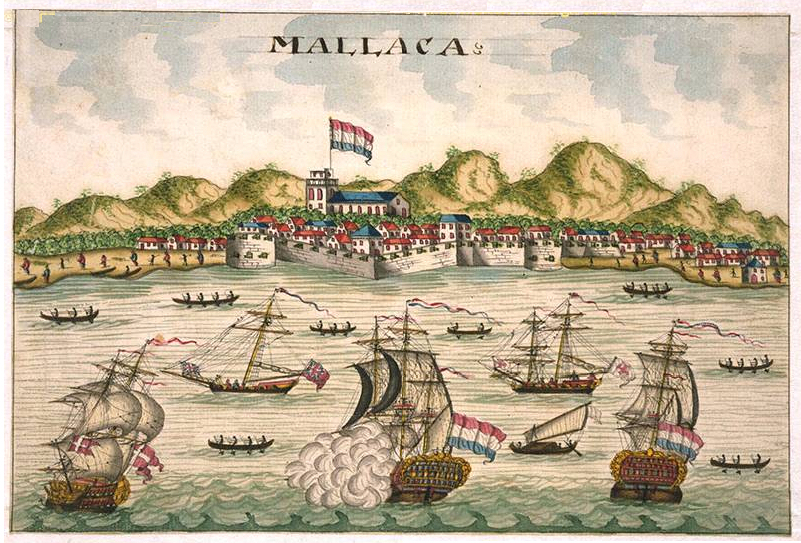
By 1786, the British had set up in Penang, further reducing Dutch influence. When the British asked the Dutch (with cannons) to transfer Melaka to them for ‘safekeeping’ in their war against France, they had no choice but to say yes. The British, doing British things, proceeded to destroy the Dutch fortress. Only one segment was left – the Porta De Santiago gatehouse (which we now think of as A’Famosa) which was barely saved by Sir Stamford Raffles (Yes, that Raffles).
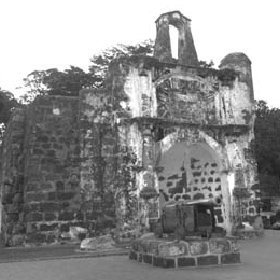
After the war with France ended, the British gave Melaka back to the Dutch as promised, but then in 1796, the French invaded the Dutch homeland (The Netherlands), and the VOC was unceremoniously shutdown. The Dutch government then assumed control of all the VOC’s holdings, giving Melaka to the British and pulling out of the peninsula in the Treaty of London in 1824, fading into obscurity and our Form 2 textbooks.
Oh and those super iconic super aesthetic ‘Dutch’ red buildings? Yeah they were originally white. It was the British who painted them red, possibly marking the first ever case of reverse whitewashing.
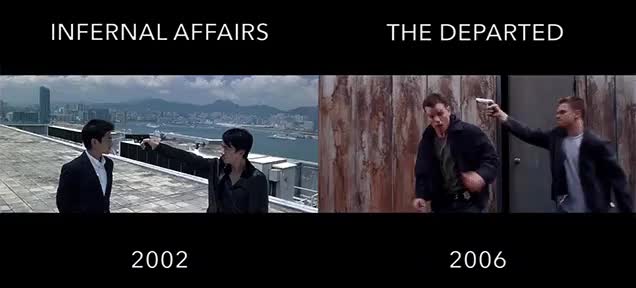
So yeah, the Dutch period in our history is unfortunately glossed over outside of serious academic circles (with serious paywalls too! 👿 ). Which we think is a real shame, considering how fascinating this period in history was.
Today, there remains many people with Dutch roots in the sizable Eurasian-Malaysian population. Through the good times (like the first Malaysian oil well and the first FrieslandFoods factory outside the Netherlands) and the bad (don’t forget our shared grief over the Malaysia Airlines MH17 incident where 193 Dutch people lost their lives).
But like teenagers who’ve since grown up, it’s nice to look back and reminisce about the days of cannibalism and ship heists past.
PS: If you’d like more stories like this, please subscribe to our HARI INI DALAM SEJARAH Facebook group 🙂
- 3.9KShares
- Facebook3.7K
- Twitter19
- LinkedIn33
- Email29
- WhatsApp113

